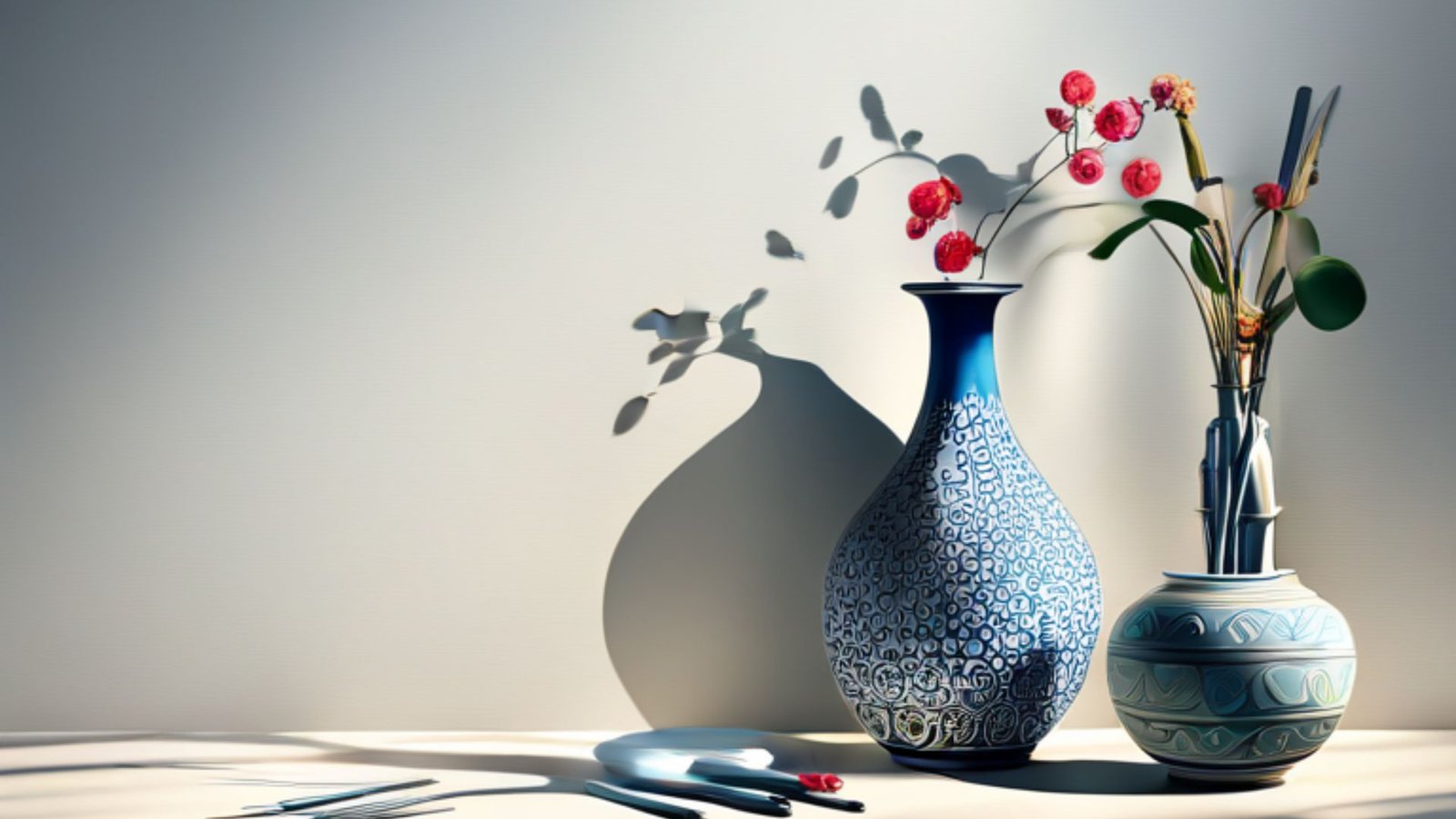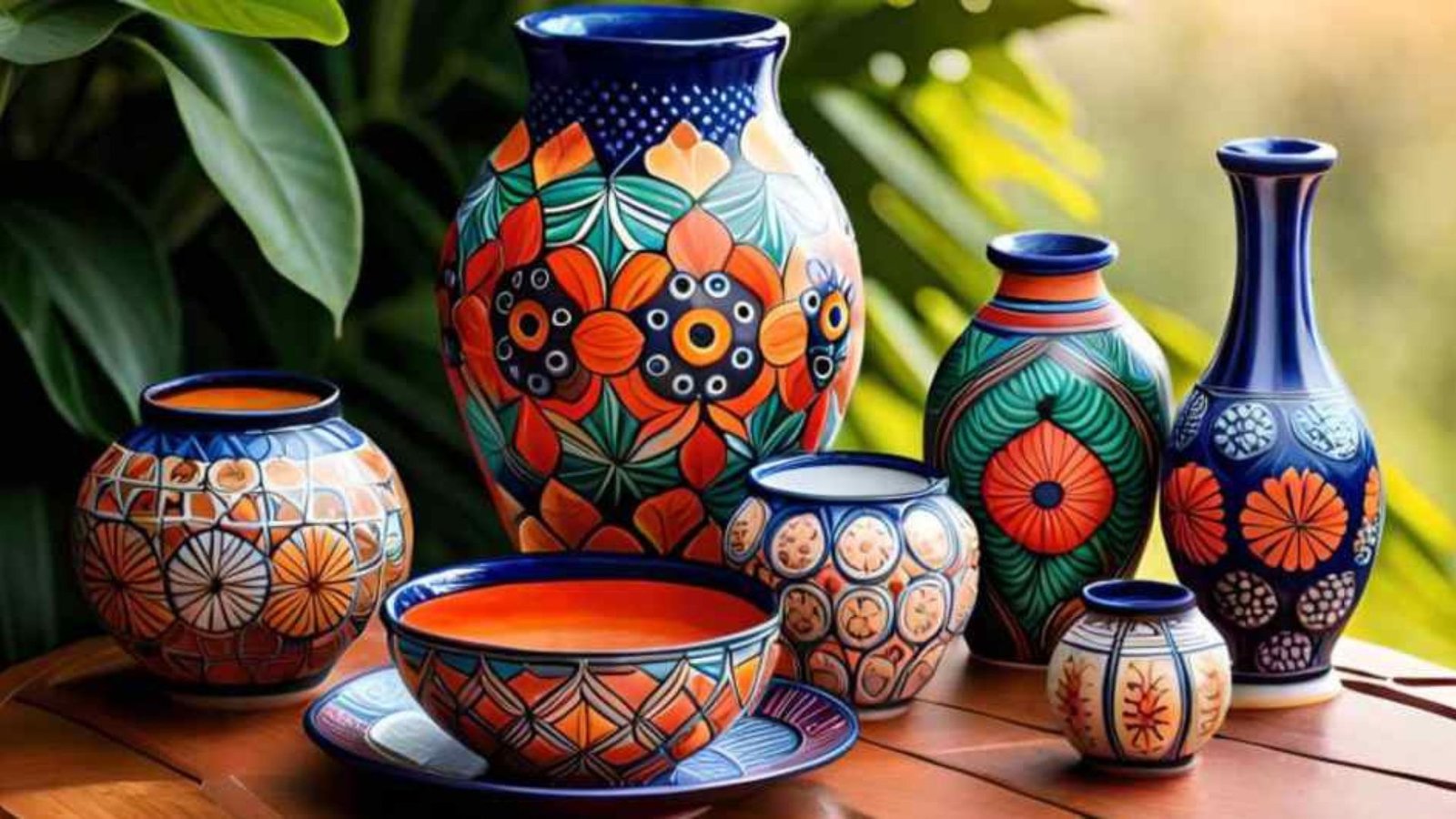|
Getting your Trinity Audio player ready...
|
Decorative arts encompass a vast array of creative expressions, from intricate ceramics to opulent textiles, each imbued with its unique cultural significance and aesthetic appeal. In this guide, we delve into the captivating realm of decorative arts, exploring its history, evolution, and enduring relevance in contemporary design and cultural expression.

Introduction to Decorative Arts
Dating back centuries, decorative arts have played a pivotal role in human culture, serving as both functional objects and symbols of status, wealth, and artistic prowess. From ancient civilizations to modern-day artisans, craftsmen and artists have employed various techniques and materials to create objects of beauty and utility that adorn our homes, public spaces, and museums.
A Brief History of Decorative Arts
The history of decorative artistry is a tapestry woven with threads of innovation, tradition, and cultural exchange. From the exquisite craftsmanship of ancient civilizations such as Egypt, Greece, and China to the opulent splendour of the Renaissance and Baroque eras, decorative arts have reflected the values, tastes, and aspirations of societies throughout history.
Forms and Mediums
Each medium offers unique opportunities for artistic expression, from the delicate beauty of porcelain to the bold elegance of wrought iron.
Influence on Interior Design
In addition to their aesthetic appeal, decorative artistry plays a crucial role in interior design, shaping the ambience and character of living spaces. From ornate tapestries and handcrafted furniture to intricately patterned rugs and luxurious textiles, decorative arts infuse interiors with personality, warmth, and visual interest.
Contemporary Trends
While rooted in tradition, decorative artistry continues to evolve and adapt to contemporary tastes and lifestyles. Today, artists and designers draw inspiration from a diverse range of influences, blending traditional craftsmanship with modern techniques and materials to create innovative and eclectic pieces that resonate with contemporary audiences.
Preservation and Conservation
As guardians of cultural heritage, preservation and conservation efforts play a vital role in safeguarding decorative artistry for future generations. Museums, galleries, and cultural institutions around the world work tirelessly to preserve and protect priceless artefacts, ensuring that they remain accessible for study, appreciation, and inspiration.
The Intersection of Art and Life
Ultimately, decorative artistry occupies a unique space at the intersection of art and life, enriching our surroundings with beauty, meaning, and cultural significance. Whether adorning our homes, public spaces, or personal collections, decorative arts continue to captivate hearts and minds, inviting us to explore the boundless realms of human creativity and expression.
The Influence of Cultural Movements
Throughout history, decorative arts have been influenced by the prevailing cultural movements of their time. For example, the Arts and Crafts movement of the late 19th and early 20th centuries sought to revive traditional craftsmanship in response to the industrialization of society, leading to a resurgence of handcrafted furniture, textiles, and ceramics. Similarly, the Art Nouveau movement embraced organic forms and intricate patterns, inspiring decorative arts across Europe and beyond.
Regional Variations and Traditions
Regional variations in decorative arts offer fascinating insights into local traditions and craftsmanship. From the intricate woodcarvings of Scandinavia to the colourful tiles of the Mediterranean, each region boasts its distinctive aesthetic heritage. Exploring these regional traditions not only deepens our appreciation for cultural diversity but also highlights the universal human impulse to adorn and beautify our surroundings.
The Role of Technology
Advancements in technology have also left their mark on decorative artistry. Furthermore, it enables artists and designers to push the boundaries of creativity and innovation. From computer-aided design (CAD) software to 3D printing technology, modern tools and techniques offer new possibilities for experimentation and expression in decorative arts. Yet, even as technology evolves, traditional craftsmanship remains at the heart of many decorative art forms, preserving age-old techniques and skills for future generations.
Sustainability and Ethical Practices
In today’s environmentally conscious world, there is a growing emphasis on sustainability and ethical practices within the decorative arts industry. Artisans and designers are increasingly mindful of the environmental impact of their materials and processes. Additionally, they opt for eco-friendly alternatives and support fair trade practices. This shift towards sustainability not only aligns with contemporary values but also ensures the longevity and relevance of decorative arts in a rapidly changing world.
Conclusion
In conclusion, decorative artistry stands as a testament to the ingenuity, craftsmanship, and artistic vision of generations past and present. From ancient artefacts to contemporary creations, these exquisite objects serve as reminders of our shared humanity and the enduring power of creativity to inspire, uplift, and unite us. As we celebrate the beauty and diversity of decorative arts, let us also recognize their profound impact on our lives. Additionally, and the rich tapestry of human culture.
You might also be interested in the following:
Modern Art and Its Wonders Exploration
Visual Art: A Journey Through Creativity
Literacy Arts: A Guide to Understanding and the World of Words

